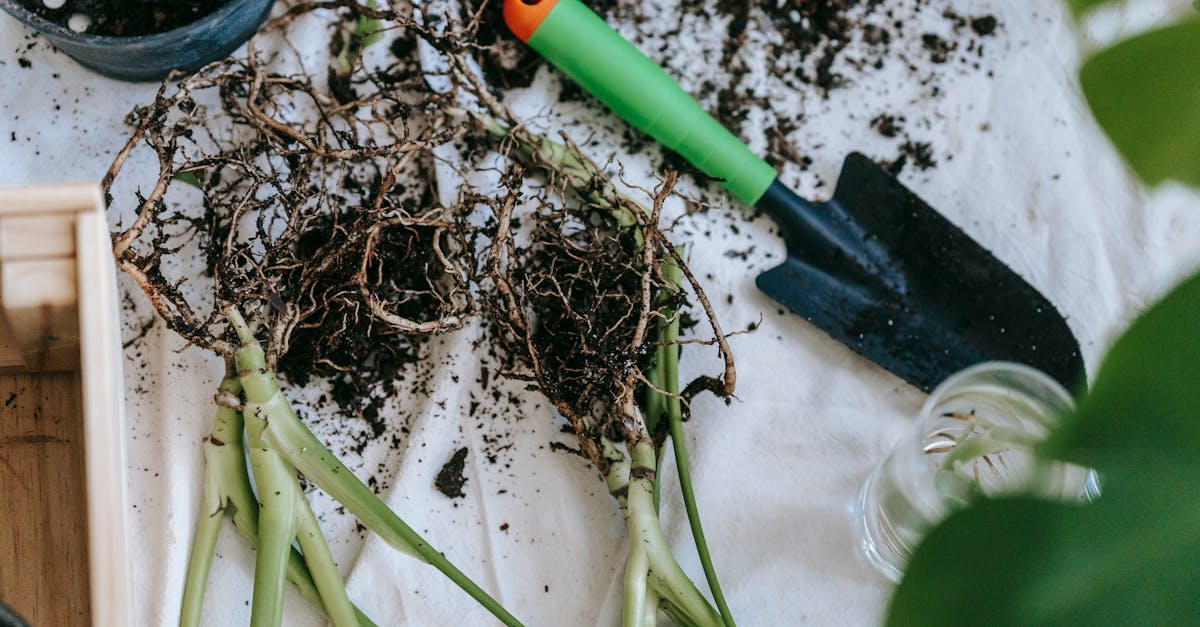Looking to expand your plant collection without very costly? We’ve got you covered! In this guide, we’ll show you how to root plant cuttings in water like a pro.
Whether you’re a seasoned gardener or just starting out, this simple and rewarding technique is a game-changer.
Key Takeaways
- Choose healthy, disease-free plants like Pothos, Spider plant, or Coleus for successful root cuttings in water.
- Ensure plant cuttings have at least two nodes for root emergence and seek guidance from local experts if unsure.
- Use room temperature water and change it every 2-3 days when rooting plant cuttings to prevent bacterial growth.
- Trim leaves from the lower part of the cutting when propagating and place them in a well-lit area without direct sunlight.
- Monitor the rooting process by inspecting cuttings for root growth, changing water regularly, ensuring adequate lighting, and avoiding water cloudiness.

Choosing the Right Plants
When it comes to rooting plant cuttings in water, Choosing the Right Plants is important for success. Look for healthy, disease-free plants with no signs of stress. Some plants that root well in water include:
- Pothos
- Spider plant
- Coleus
Ensure the plant cutting has at least two nodes where roots can emerge. If you’re unsure, seek advice from local nurseries or gardening experts. For more information on suitable plants, check out these great resources: The Spruce – Water Rooting Plants and Gardening Know How – Water Propagation.
Selecting the Perfect Cuttings
When selecting cuttings for rooting in water, opt for healthy and disease-free plants. Look for varieties like Pothos, Spider plants, and Coleus as they root well in water. Make sure the cutting has at least two nodes to aid root emergence. For more guidance, consider reaching out to local nurseries or gardening experts. Check out resources from The Spruce and Gardening Know How for suitable plant options.

Preparing the Water
When rooting plant cuttings in water, it’s important to prepare the water correctly. Here’s what we need to do:
- Use room temperature water: Fill a clean container with room temperature water. Avoid using cold or hot water, as it can shock the cuttings.
- Change the water regularly: We should change the water every 2-3 days to prevent bacterial growth and ensure optimal oxygen levels for root development.
- Consider using filtered water: If our tap water is hard or chlorinated, it’s advisable to use filtered water or let the water sit out overnight to dechlorinate.
For more tips on preparing water for plant cuttings, check out guides from The Spruce and Gardening Know How.
Propagating the Cuttings
When propagating cuttings in water, make sure to trim the leaves from the lower part of the cutting. This prevents them from decaying in the water.
Place the cuttings in a well-lit area but away from direct sunlight. Check the water regularly and change it when it becomes cloudy.
For more tips on propagating cuttings, visit The Spruce and Gardening Know How.

Monitoring and Caring for the Rooting Process
When rooting plant cuttings in water, it’s critical to keep a close eye on the process. Here’s how **we can monitor and care for the rooting process:
- Regularly Inspect Cuttings: Check for any signs of root growth or rot.
- Change Water Every Few Days: Ensure a fresh supply of water for the cuttings.
- Maintain Adequate Lighting: Keep the cuttings in a well-lit area.
- Avoid Direct Sunlight: Direct sunlight can be harmful to developing roots.
- Prevent Water Cloudiness: Replace water when it gets murky.
For more detailed guidance on rooting plant cuttings, you can visit The Spruce and Gardening Know How websites.
